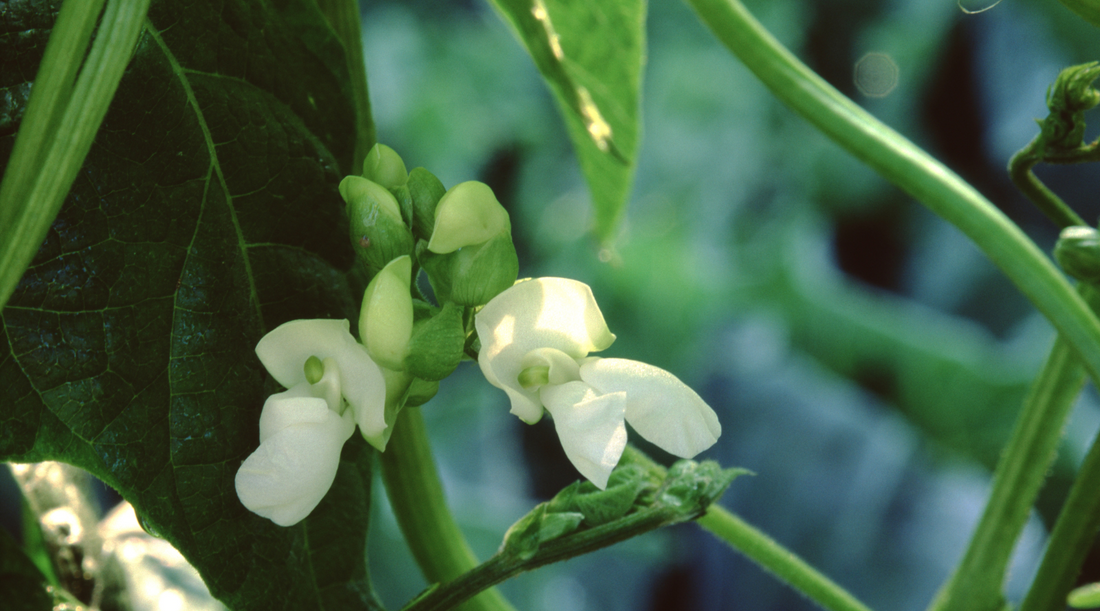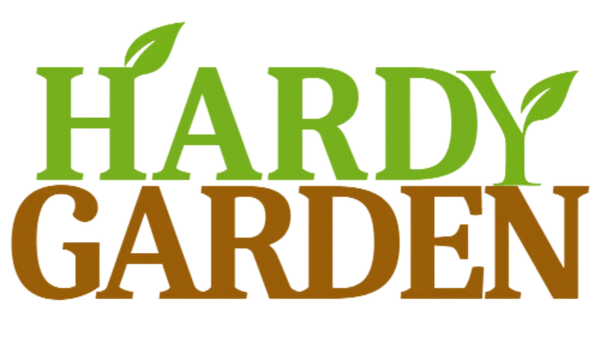
Kentucky Native Plants for Sustainable Gardening and Landscaping
In the heart of America, Kentucky boasts a rich diversity of native plants that can be harnessed to create beautiful, sustainable gardens and landscapes. Kentucky native plants add a touch of natural beauty to your surroundings and contribute to the overall well-being of the environment.
This article will explore various native plants, including trees, shrubs, vegetables, fruits, edible natives, and herbs that thrive in Kentucky's climate and soil. Each plant brings its unique charm and is vital in promoting sustainability in your outdoor spaces.
Benefits of Gardening and Landscaping with Kentucky Native Plants
Environmental Benefits
Water Conservation
Native plants are adapted to local precipitation patterns and soil conditions. This means they typically require less water than non-native species, reducing the need for irrigation.
Soil Health
Native plants have evolved with the local soils and usually don't require fertilizer. This helps to maintain the soil structure and fertility, and reduces the risk of chemical runoff into local water systems.
Supporting Local Wildlife
Native plants provide habitat for native species of birds, insects, and other wildlife. For example, they offer the right kinds of food for local pollinators like bees and butterflies, helping to maintain biodiversity.
Financial Savings
Once established, native plants require less maintenance than non-natives. They are better adapted to local conditions, less prone to diseases and pests, reducing the need for pesticides and fertilizers.
Saving money on water costs is a nice side effect of using native plants. Over time, these savings can be significant.
Aesthetic Appeal
Native plants offer a unique and authentic beauty that exotic plants can't match. They can provide vibrant flowers, exciting textures, and seasonal variety naturally suited to the local landscape.
Climate Resilience
Because native plants are tailored to local weather conditions, they make your landscape more resistant to climate change, especially extreme weather events. This resilience can help reduce the risk of plant loss and subsequent financial costs for replacement and garden repair.
Community and Cultural Benefits
Gardening with native plants can foster a sense of community and local identity. These plants are a living link to an area's natural history, and their conservation helps preserve a region's unique ecology and culture.
Most Common Kentucky Native Plants
Trees
Red Maple:
Red Maples are native to Kentucky and are prized for their stunning red foliage in the fall. They provide excellent shade, reducing the need for air conditioning, and their deep roots help prevent soil erosion. These trees are low-maintenance, making them a sustainable choice for landscaping.
Eastern White Pine:
Eastern White Pines are evergreen trees that thrive in Kentucky's climate. They offer year-round beauty and act as windbreaks, reducing energy consumption by protecting homes from harsh winter winds. Their dense foliage also provides privacy and habitat for wildlife.
Black Gum:
Black Gum trees are known for their glossy, dark green leaves and brilliant red fall foliage. They attract native birds and insects, promoting biodiversity in your garden. Their ability to grow in wet or dry soils makes them versatile for various landscape conditions.
American Sycamore:
The American Sycamore is a majestic tree with mottled, exfoliating bark and large leaves. Its extensive root system helps stabilize riverbanks and prevents soil erosion, making it a sustainable choice for properties near water bodies.
Pawpaw:
Pawpaw trees produce unique, tropical-flavored fruits native to Kentucky. They can be integrated into a sustainable landscape, providing fresh, locally sourced fruits while supporting pollinators and enhancing the ecosystem's resilience.
Shrubs:
Bottlebrush Buckeye:
This native shrub features showy, bottlebrush-like flowers and lush foliage. It's an excellent choice for attracting pollinators and birds, contributing to the local ecosystem's health.
Buttonbush:
Buttonbush is a wetland shrub that thrives in Kentucky's moisture-rich areas. Its fragrant, spherical blooms attract butterflies and bees while stabilizing soil near ponds or streams.
Arrowwood Viburnum:
Arrowwood Viburnum is prized for its clusters of white flowers and blue-black berries. It provides cover and food for wildlife and thrives in a range of soil types, making it a sustainable choice for landscaping.
Witch Hazel:
Witch Hazel offers unique, spidery blooms in late winter, providing early nectar for pollinators. Its adaptability to different soil conditions and low maintenance requirements make it a sustainable addition to your garden.
Common Elderberry:
Common Elderberry produces clusters of edible berries that are popular for making jams and syrups. It attracts beneficial insects and birds while adding a touch of beauty to your landscape.
Vegetables:
Kentucky Wonder Beans:
These pole beans are a staple in Kentucky gardens. They're easy to grow, produce high yields, and have a delicious flavor, reducing the need for store-bought beans.
Cherokee Purple Tomato:
This heirloom tomato variety is well-suited to Kentucky's climate. Its rich, sweet flavor makes it a favorite for home gardeners, supporting sustainable, local food production.
Bourbon Red Turkey Beans:
These beans are a tasty addition to your garden and part of Kentucky's heritage. They're excellent for drying and saving for future meals, promoting sustainability.
Blue Lake Bush Beans:
Blue Lake Bush Beans are prolific producers of tender, stringless beans. Their compact growth habit is perfect for smaller garden spaces, maximizing yield in limited areas.
Collard Greens:
Collard greens are a nutritious leafy green that thrives in Kentucky's cooler seasons. They're easy to grow and provide a continuous source of fresh greens for your table, reducing the need for store-bought vegetables.
Native Fruits:
Serviceberry:
Also known as Juneberry or Saskatoon, the Serviceberry produces sweet and flavorful berries in early summer. These delicious berries attract birds and wildlife to your garden, enhancing biodiversity.
Wild Plum:
Wild Plums are smaller and more tangy than cultivated plums but are excellent for making jams and preserves. They are an essential food source for various native insects and birds.
Blackberry:
Kentucky is home to several native blackberry species, such as the Allegheny Blackberry. They produce juicy, sweet berries perfect for fresh eating or making pies and jams. Blackberries support local pollinators and wildlife.
Persimmon:
Kentucky's native Persimmon tree produces small, sweet, and astringent fruits in the fall. These fruits are a valuable food source for wildlife and can be used for making desserts and jellies when fully ripe.
Native Herbs:
Bee Balm:
Bee Balm, also known as Wild Bergamot, produces vibrant, aromatic flowers that attract pollinators like bees and butterflies. It's also a traditional medicinal herb used by Native Americans.
Goldenrod:
Goldenrod is a striking native herb with bright yellow blooms. Contrary to popular belief, it does not cause allergies and is an essential nectar source for bees and other beneficial insects.
Echinacea:
Echinacea is a well-known native herb with attractive purple flowers. It's not only a popular ornamental plant but also has medicinal properties, boosting the immune system and supporting overall health.
Wild Ginger:
Wild Ginger is a low-growing native herb with heart-shaped leaves and unique maroon-colored flowers. It provides ground cover in shaded areas, reducing the need for herbicides and supporting native woodland ecosystems.
Stinging Nettle:
While it may not be the most welcome herb due to its sting, it has culinary and medicinal uses. It's a rich source of nutrients and can be used in soups and teas, and as a natural fertilizer for your garden, promoting sustainability.
Conclusion
In conclusion, Kentucky native plants are the real MVPs for sustainable gardening and landscaping. But it's not just about beauty and taste; native plants help the environment, too. They support local wildlife, reduce water use, and need less pampering than exotic plants. It's like having a low-maintenance friend who always has your back.
So, whether you're a seasoned gardener or starting, consider adding Kentucky natives to your garden and landscape. They're the sustainable superheroes that make your garden thrive while keeping Mother Nature happy. It's a win-win for you, your garden, and our beautiful Bluegrass State!
FAQs
Are native plants difficult to maintain? Native plants are generally low-maintenance and have evolved to thrive in local conditions. They require less water and fewer pesticides than non-native species.
Can I find native plants at local nurseries? Yes, many local nurseries in Kentucky offer a variety of native plants. You can also participate in native plant sales and exchanges organized by environmental groups.
Do native plants attract wildlife to my garden? Native plants provide food and habitat for local wildlife, including birds, butterflies, and pollinators, making your garden a thriving ecosystem.
Can I use native plants in urban landscaping? Absolutely! Native plants can be incorporated into both rural and urban landscapes, helping to create green and sustainable urban environments.
Where can I learn more about Kentucky's native plants? Local botanical gardens, conservation organizations, and online resources can provide detailed information on native plants and their benefits.
